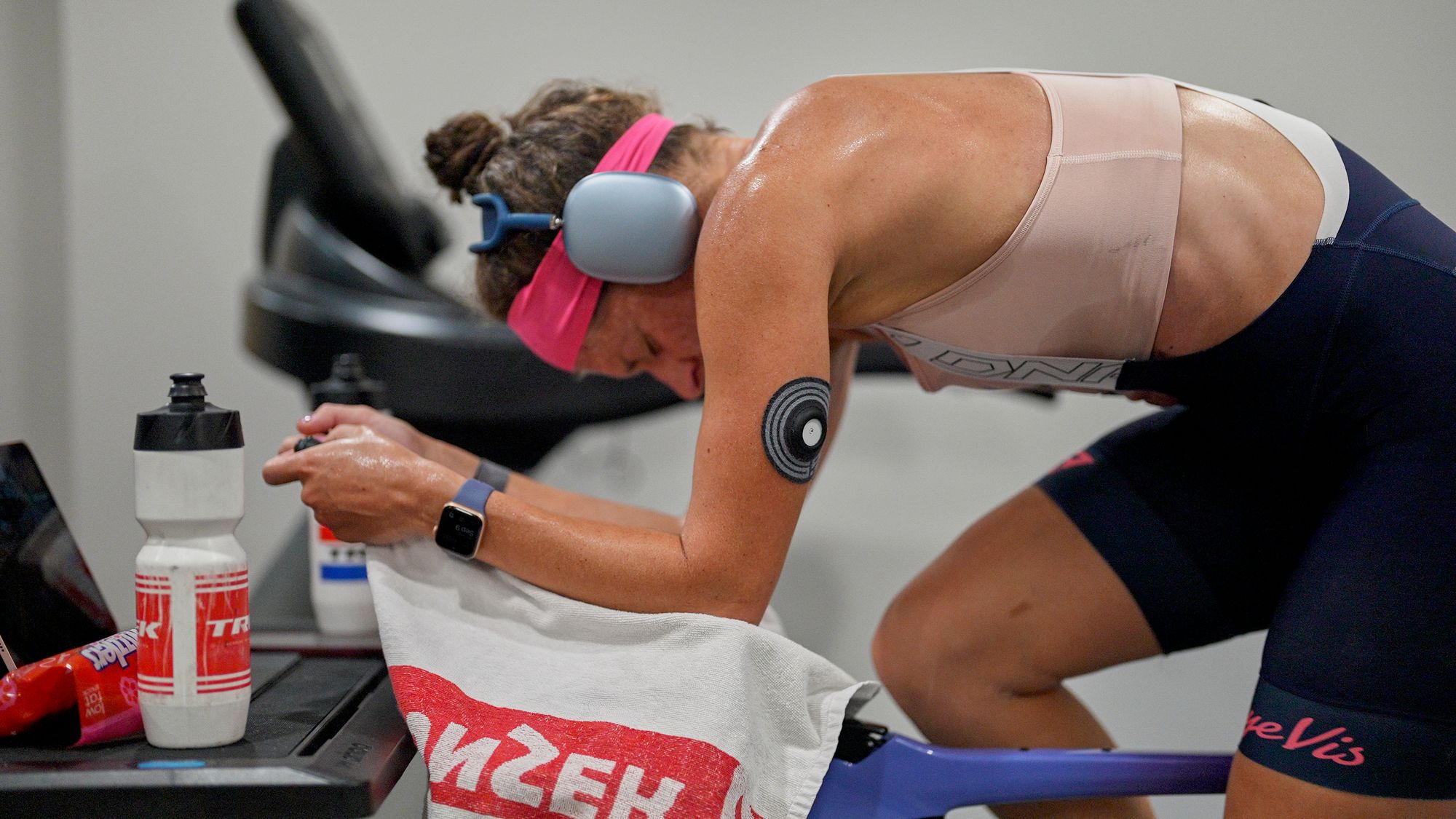Staying in your Glucose Performance Zone (GPZ): It’s crucial to optimizing your glucose score. Which helps you feel unstoppable during your workout. (And, really, is there anything better than that feeling?)
Of course, achieving that feeling can be a challenge for some.
This article is here to help you become a glucose guru so you can be more than ready to take on the world.
6 Tips to Help You Stay in Your Optimal Fuel Range:
- Set Your Personal GPZ Correctly
- Get to Know the Best Fuel Sources for You and Your Workouts
- Know Your Fueling Preference: Sip or Gulp?
- Effectively Prime: Carb Load at the Right Time with the Right Amount
- Ensure Your Workout Intensity is Appropriate
- Make Fueling Decisions with Your Real-Time Glucose Data
As seasoned Supersapiens know by now, increasing time in GPZ is a huge part of optimizing your Supersapiens Glucose Score. The Glucose Score gives you insight into your glucose availability and overall glucose control, which help you feel better and perform stronger.
Here are 6 tips to increase the amount of time you keep your glucose levels stable within your Glucose Performance Zone.
1. Set Your Personal GPZ
There’s a default setting in the app, but to really make the most of it, we recommend that you dial this in for yourself. Experiment. Observe your glucose during high intensity sessions where you have good fueling. You’ll get a good indication of where you are. And remember: you can always keep experimenting, learning, and dialing this in.
2. Get to Know the Best Fuel Sources for You
More specifically, how does your chosen fuel (or different fuel options) impact your glucose levels? How long do they take to work? How much of a bump in glucose do they give you? And how long do these elevated glucose levels last? Do they cause glucose instability?
We recommend testing different fuels in relatively controlled settings, using the tagging system in the app for exercise events, and then comparing your glucose trace and glucose score. It’s important to know what a given fuel will do to your glucose so you can use it strategically to deliver stable energy and keep you feeling good.
3. Know Your Fueling Preference: Sip or Gulp?
There was some heated discussion around a recently released paper that suggested taking larger ‘gulps’ (rather than smaller ‘sips’) improved carbohydrate oxidation rates in runners.
While the results of this were convincing, there is probably some individuality and variance with different climatic conditions, given that internal experimentation has yielded better glucose scores with the opposite approach.
The key here is not an argument of which is better; that’s the beauty of using Supersapiens. It doesn’t really matter which is better for the general population. All that matters is what works best for you. You can test, track performance and feeling, and look inside to see your individual take on glucose levels.
Once you have your GPZ set and your fueling pattern and source(s) picked, you are ready to start seeing 100 Glucose Scores and spending full workouts in your GPZ.
To do this you, will also need to prime well, which will ensure that your glycogen stores are fully loaded.

4. Effective Priming: Carb Load at the Right Time with the Right Amount
Effective priming involves eating enough carbohydrates in the 24-72 hours prior to your workout or race. This will mean that you will have optimal fuel stores to help glucose availability. A lesser known part of the puzzle is knowing when not to eat. Rushing your glucose too close to the start of a workout can lead to metabolic imbalance and less metabolic efficiency. For some, this may be within 2 hours of the start, and for others it may be up to 4 hours. Learn when to stop fueling before a key workout or race.
This brings us to the final two pieces of the puzzle: intensity and visibility.
5. Ensure Your Workout Intensity is Appropriate
You need to be exercising at an appropriate intensity to get your glucose into your GPZ. If you are exercising in a purely aerobic and low intensity zone, your body will not need glucose as a significant fuel source. This is even more true if you are a more experienced endurance athlete with metabolic adaptations. Therefore, at low intensities, don't expect to see your glucose rise into your GPZ. Keep in mind that the Glucose Score (and GPZ) are intended for optimizing high-intensity and long duration efforts.
6. Make Fueling Decisions with Your Real-Time Glucose Data
Any fueling plan needs to be able to be adjusted on the fly. Being able to see your minute-by-minute glucose levels plays a big role in this. For the first time, you can fuel based on your current glucose levels and its trend, maintaining a stability of glucose supply despite the terrain or conditions.
Real-time visibility empowers real-time decisions. This is how you turn personalized fueling plans into truly personal fueling plans that can accommodate for different situational and environmental factors.
For more on this, check out our article on training with live glucose visibility.
To learn more about Supersapiens and the importance of tracking your glucose, click here.
References:
- Mears SA, Boxer B, Sheldon D, Wardley H, Tarnowski CA, James LJ, Hulston CJ. Sports Drink Intake Pattern Affects Exogenous Carbohydrate Oxidation during Running. Med Sci Sports Exerc. 2020 Sep;52(9):1976-1982. doi: 10.1249/MSS.0000000000002334. PMID: 32168107.
- Data on file.
